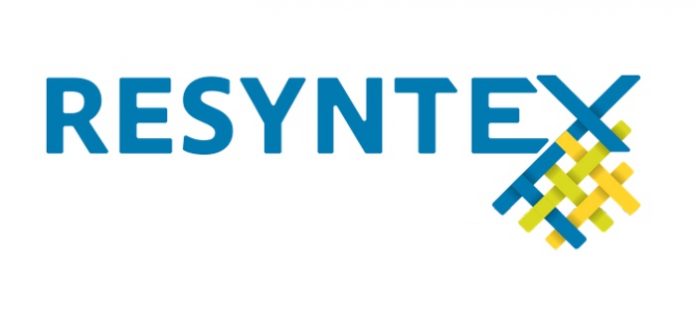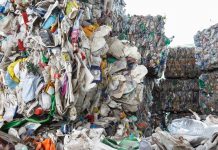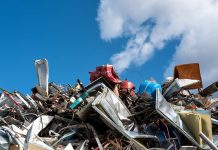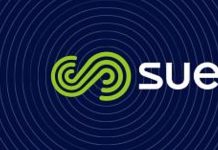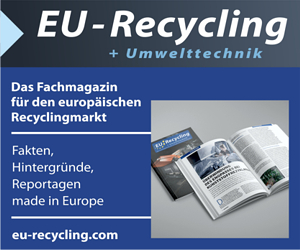Brussels — Resyntex is a research project which aims to create a new circular economy concept for the textile and chemical industries. Using industrial symbiosis, it aims to produce secondary raw materials from unwearable textile waste. Through an innovative recycling approach and a synthesis of expertise, Resyntex will transform textile waste into secondary raw materials, creating circularity and reducing environmental impact.
The core project aims include:
- Design a complete value chain from textile waste collection through to the generation of new feedstock for chemicals and textiles
- Improve collection approaches while increasing public awareness of textile waste and social involvement
- Enable traceability of waste using data aggregation. The collected data will evaluate the performance of the new value chains by means of a life cycle assessment (LCA) and life cycle costing (LCC)
- Develop innovative business models for the chemical and textile industries
- Demonstrate a complete reprocessing line for basic textile components, including liquid and solid waste treatment
The Resyntex Consortium has 20 project partners from across 10 different EU member states. Partners include industrial associations, businesses, SMEs and research institutes. Working together, the group creates an effective model for the whole value chain.
The whole project is separated into several work packages:
- Work package 1 will layout the strategic design and include scenarios for commercially successful and societally beneficial textile-chemistry partnerships.
- Work package 2 aims to improve waste collection approaches, particularly for non-wearable textiles, by encouraging behavioural change. It will analyse stakeholders, promote recycling and enable greater social awareness and involvement.
- Work package 3 will look to process textile waste as a suitable feedstock for recycling. This process must be suitable for a mechanical production line, sorting multicomponent waste and preparing it for recycling.
- Work package 4 will outline an environmentally-friendly process for the transformation of natural and synthetic waste fibres into feedstock intermediates.
- Work package 5 aims to develop industrial applications for the recovered feedstock from work package 4. Activities will involve end-users and experts, allowing effective exploitation of feedstock.
- Work package 6 will produce process designs and flow sheets for Resyntex at full scale. It will address all recovery stages needed for a single plant.
- Work package 7 will demonstrate the Resyntex concept in an industrial environment and aims to develop a demo-scale pilot plant.
- Work package 8 will use state-of-the-art environmental life cycle assessment (LCA) and life cycle costing (LCC) to evaluate the performance of the new textile waste recycling value chains. It aims to guide the design and development of the value chains towards more sustainable solutions.
- Work package 9 is the communications and dissemination programme.
- Project management is handled by work package 10
More information can be found under resyntex.eu.
Source: Resyntex



